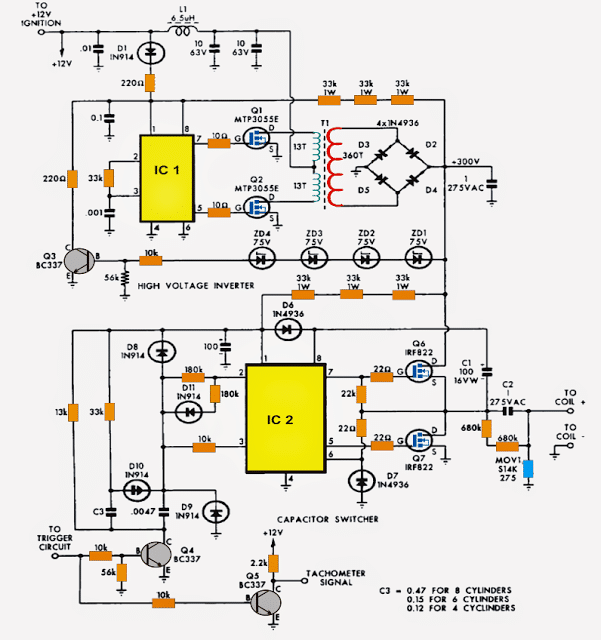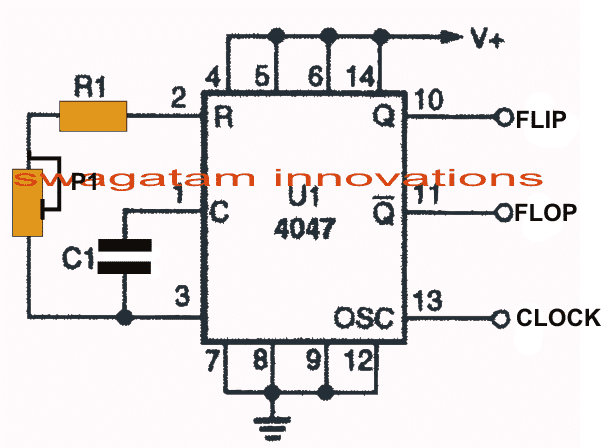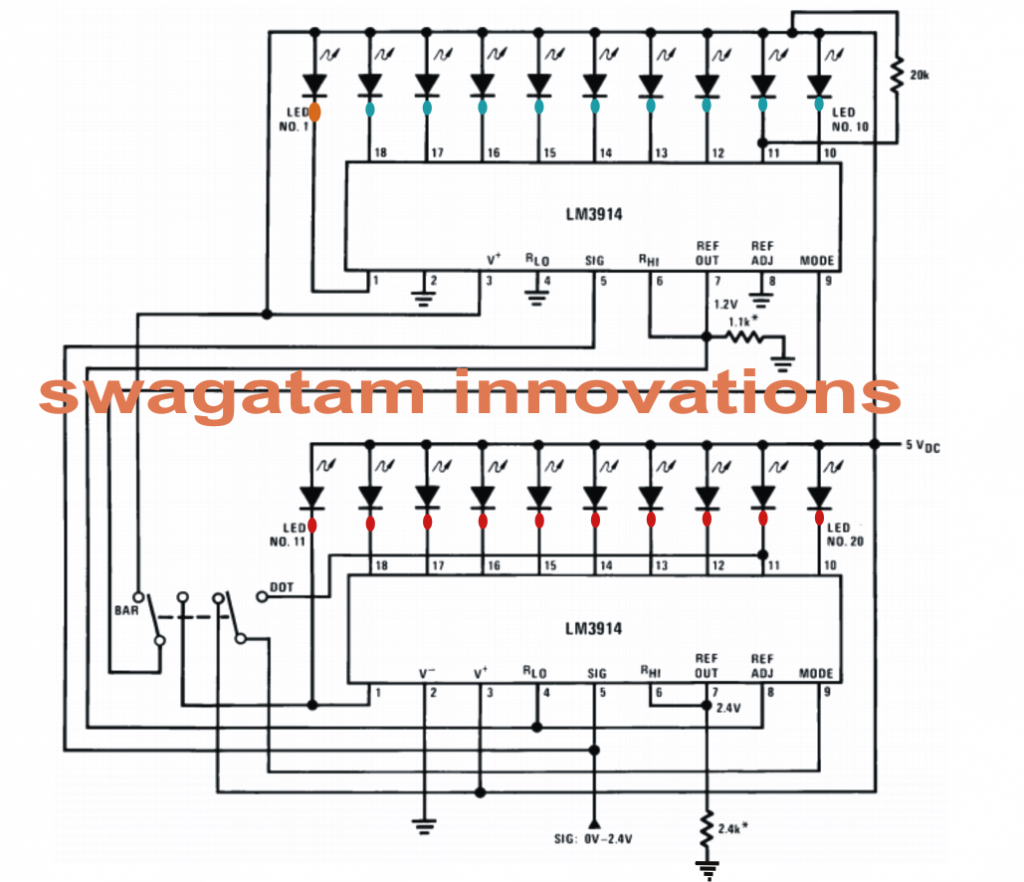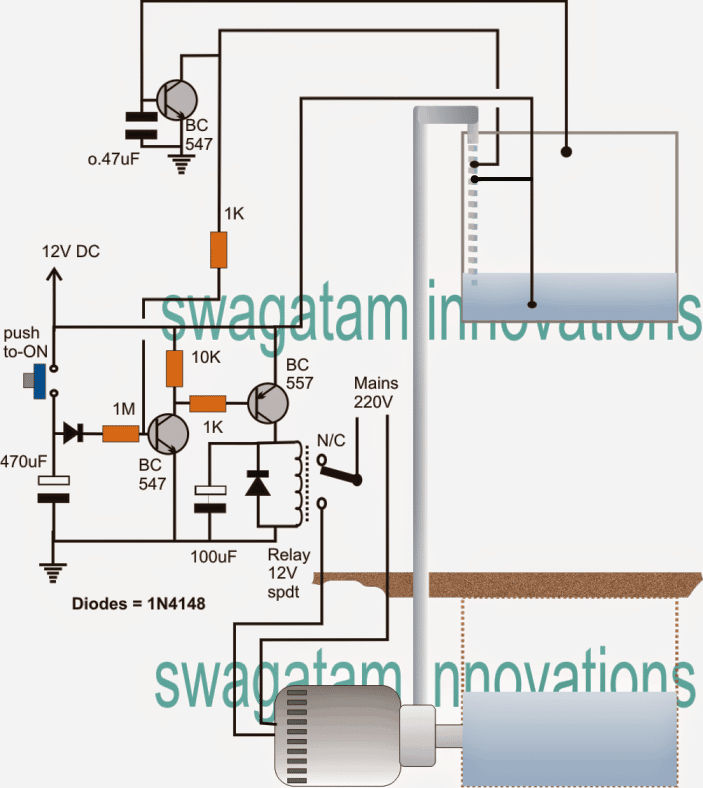In this post I have explained an enhanced multi-spark CDI circuit which is universally suited for all types of automobiles. The unit can be built at home and installed in a particular vehicle for achieving greater speed to fuel efficiency. The Circuit Concept The following diagram illustrates an enhanced version of a multi-spark CDI circuit. […]
Search Results for: timer
IC 4047 Datasheet, Pinouts, Application Notes
The IC 4047 is one of those devices which promises an unlimited range of circuit application solutions. The IC is so versatile that on many occasions it easily outsmarts it’s close rival, the IC 555, let’s study the datasheet and pinout details of this versatile chip. Main Datasheet and Specifications: In-built oscillator with variable frequency […]
Electronic Load Controller (ELC) Circuit
In this post I have explained a simple electronic load controller or governor circuit which automatically regulates and controls the rotational speed of a hydro-electric generator system by adding or deducting an array of dummy loads. The procedure ensures a stabilized voltage and frequency output for the user. The idea was requested by Mr. Aponso […]
5 Useful Motor Dry Run Protector Circuits Explained
The 5 simple dry run protector circuits presented here shows simple methods by which insufficient water conditions inside an underground tank can be sensed without introducing probes inside the underground tank, and thus preventing any possibility of motor dry running. The circuit also incorporates an overhead water overflow control feature. The idea was requested by […]
10 Simple LED Chaser Circuit Diagrams Explained [Knight Rider, Scanner, Reverse-Forward, Cascaded]
In this article I have explained the construction of 10 interesting yet simple LED chaser circuits, which not only create beautiful running light effect but are also easy to build. We also discuss how to modify these into a design popularly known as “knight rider” chaser circuit. These primarily incorporate LEDs as well as mains […]
PIC Tutorial- From Registers to Interrupts
Before getting into the minute details of PIC programming, it would be first important to learn a few good programming methods. Understanding Registers To begin with suppose you type a ;(semicolon) at any point of the program, all’s that come after this semicolon would get ignored by the compiler, until of course the carriage get’s […]





